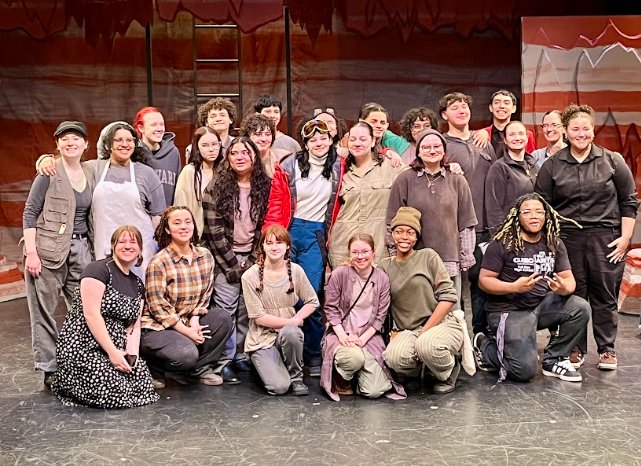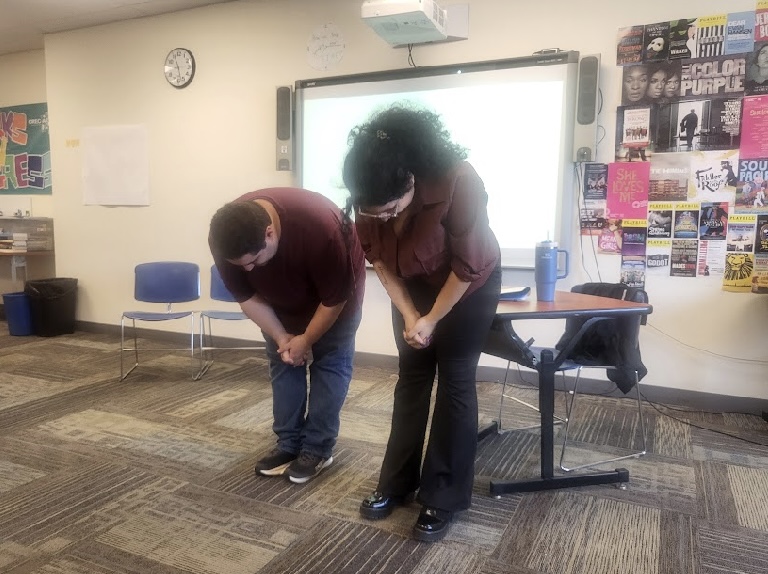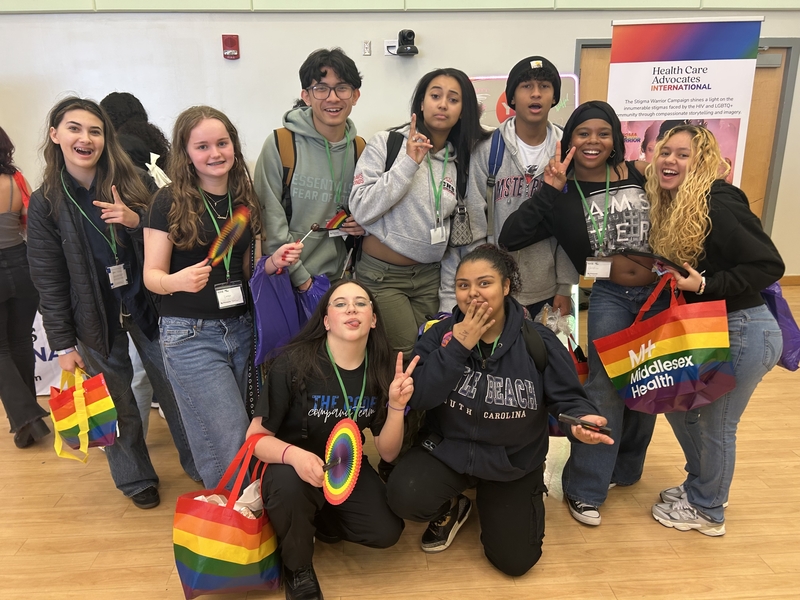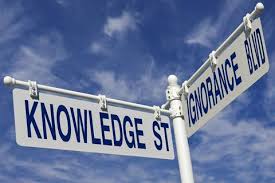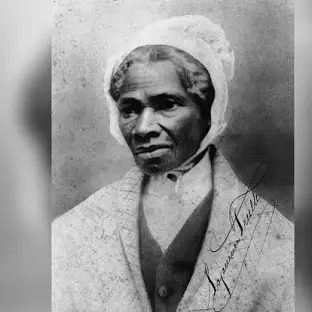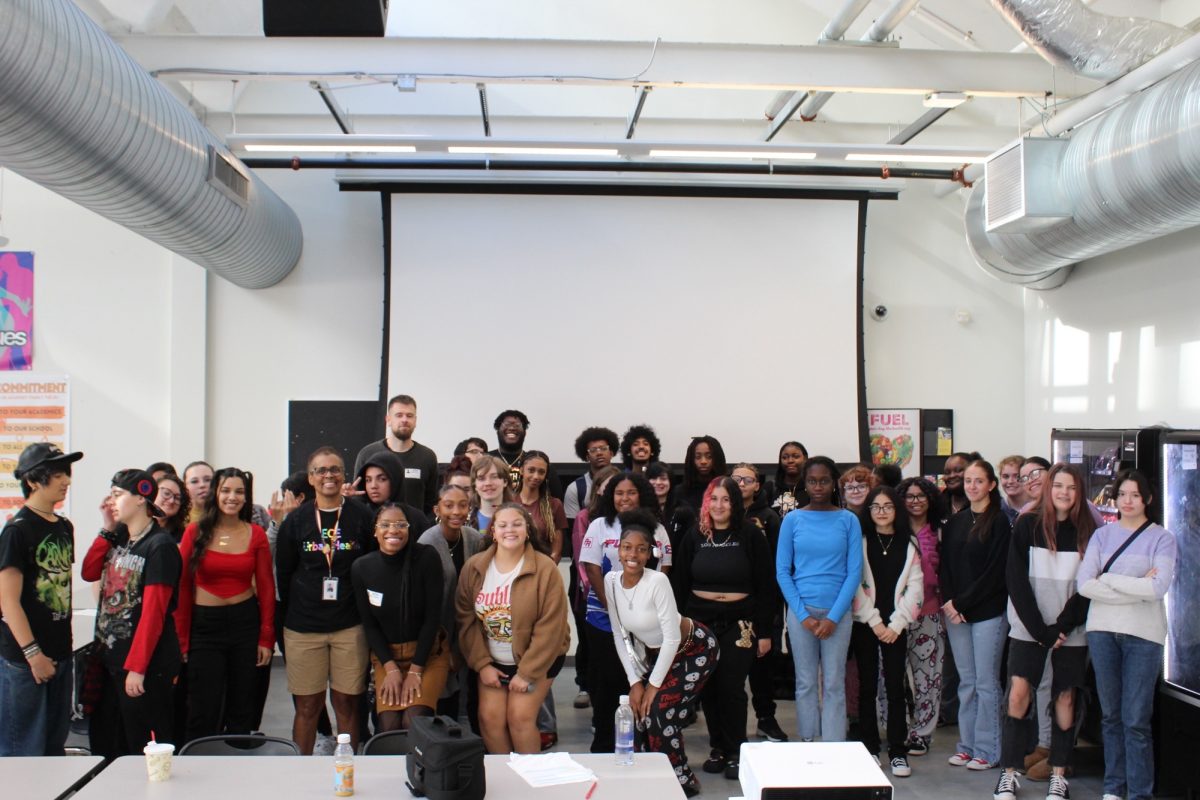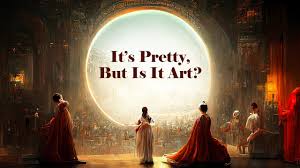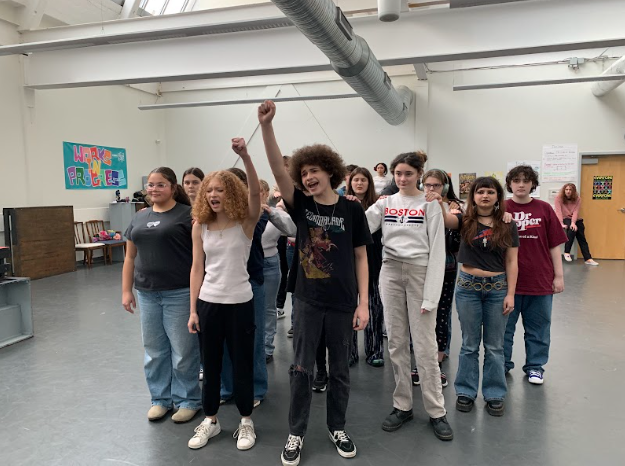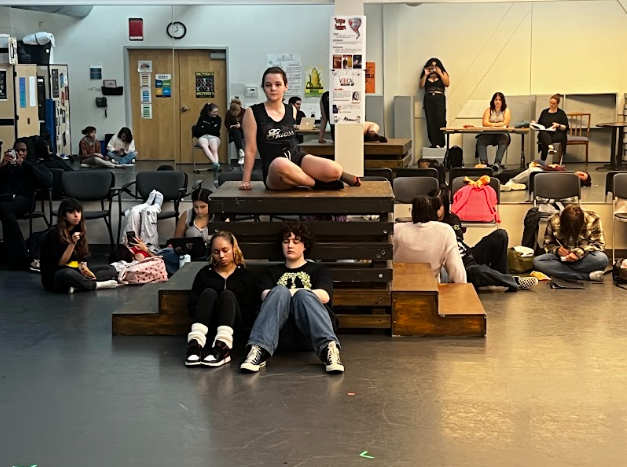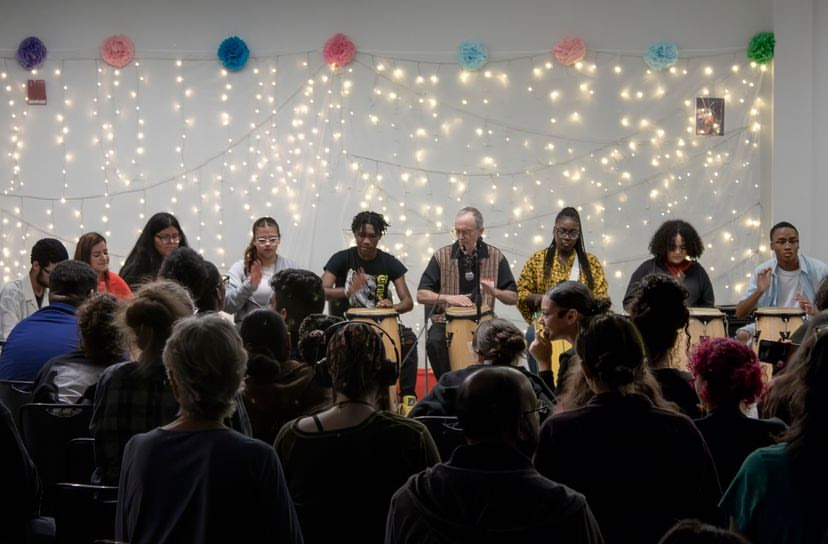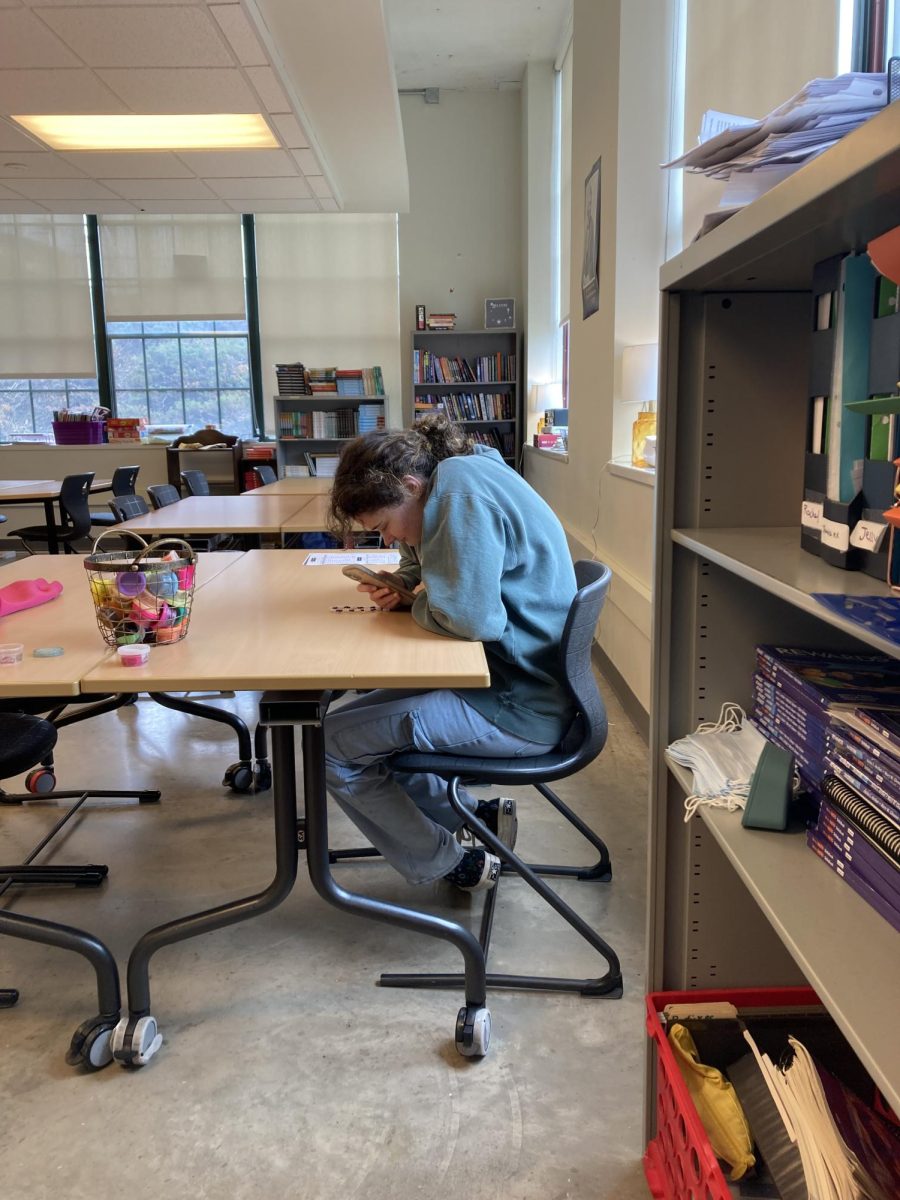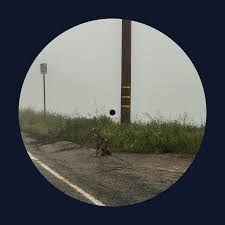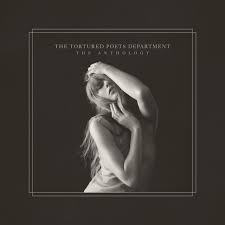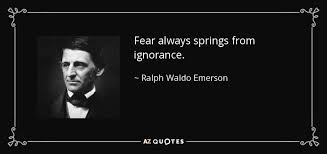The dictionary defines fear as an unpleasant emotion caused by the belief that someone or something is dangerous, likely to cause pain, or a threat. In the podcast Lore, created by Aaron Manke, he talks about fear and hatred so deep they send a woman to her grave, only to backfire on the townsfolk. Writer Margaret Atwood’s poem Half-Hanged Mary tells the same story, but from the witch’s perspective. Some people prefer to let their fear and ignorance act as fact, using it to guide their beliefs and actions. However, fear and ignorance can turn a normal person into a monster.
In Aaron Mahnke’s podcast Lore, he often tells true stories of strange events, such as one titled Half-Hanged. In half hanged, a well-respected man, Philip Smith, falls ill. As a result, the rest of the town decides the illness must be the work of a witch. So the town, desperate and scared, decided the blame fell on Mary Webster, a poor, cranky woman who lived just outside the town. The men who “dragged Mary from her home”, “beat her”, “spat on her”, and eventually hanged her were driven by those very same traits. Though this was “fair” in those times, looking back it seems more like an act driven by ignorance and fear. The town didn’t understand Mary. The town was so terrified of what was happening to Philip Smith that they convinced themselves that Mary was supernaturally harming him; because of this, there was no way for Mary or anyone else to convince them she wasn’t a witch. Therefore, the townspeople made Mary a monster by simply fearing the unknown and difference. Had the town been less ignorant, and tried to understand Mary Webster rather than claiming she was a witch, they wouldn’t have been so afraid.
Writer Margret Atwood, inspired by her ancestor Mary Webster, created her poem Half-Hanged Mary. Half-Hanged Mary tells the story of Mary’s hanging from her perspective. Having miraculously survived her hanging, the town has now “proved” she is a witch. In response to this, the townspeople now “dive head first into the bushes” to avoid her, all because she was, in her words, “hanged for something I never said.” If the townsfolk hadn’t been ignorant and fearful, they wouldn’t have hung Mary; if they hadn’t hung Mary, they wouldn’t have “confirmed” she was a witch; and if they didn’t believe she was a witch, they wouldn’t be scared. Their ignorance led the town to believe Mary was the source of all their problems. When Mary didn’t die, their ignorance made it easier for them to believe she was a witch rather than that they just hung her incorrectly. In other words, Mary was only a witch because the townspeople believed her to be one. If the town had tried to understand her, perhaps they would have discovered there was never any witch in Hadley at all.
In conclusion, fear and ignorance have made ordinary people monsters throughout history. This was shown in Half-Hanged, where the town hung a cranky, poor old woman, in Half-Hanged Mary, where a survivor of a hanging was outcast. Though some may believe these examples are simply coincidences, the evidence is too overwhelming to ignore; happening repeatedly throughout history, these stories prove that monsters are simply people who were feared or misunderstood. Communities rely on their people to function. In the 1700-1800s, this meant blaming one another for every inconvenience. Even now, we still blame others for anything that goes wrong. If we don’t stop this bad habit now, not only will we destroy certain pieces of our communities, but we will also never find the real cause of our problems, which means we will never find a solution. So, instead of fear and ignorance, we should be driven by bravery and understanding.
